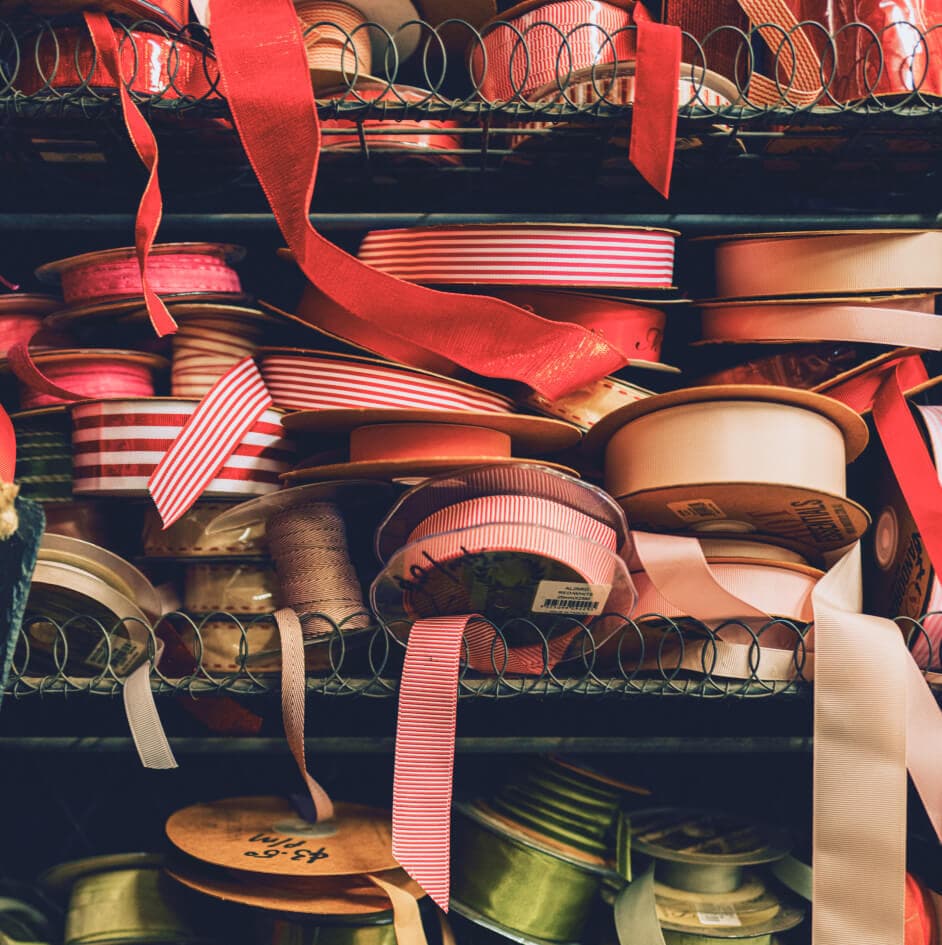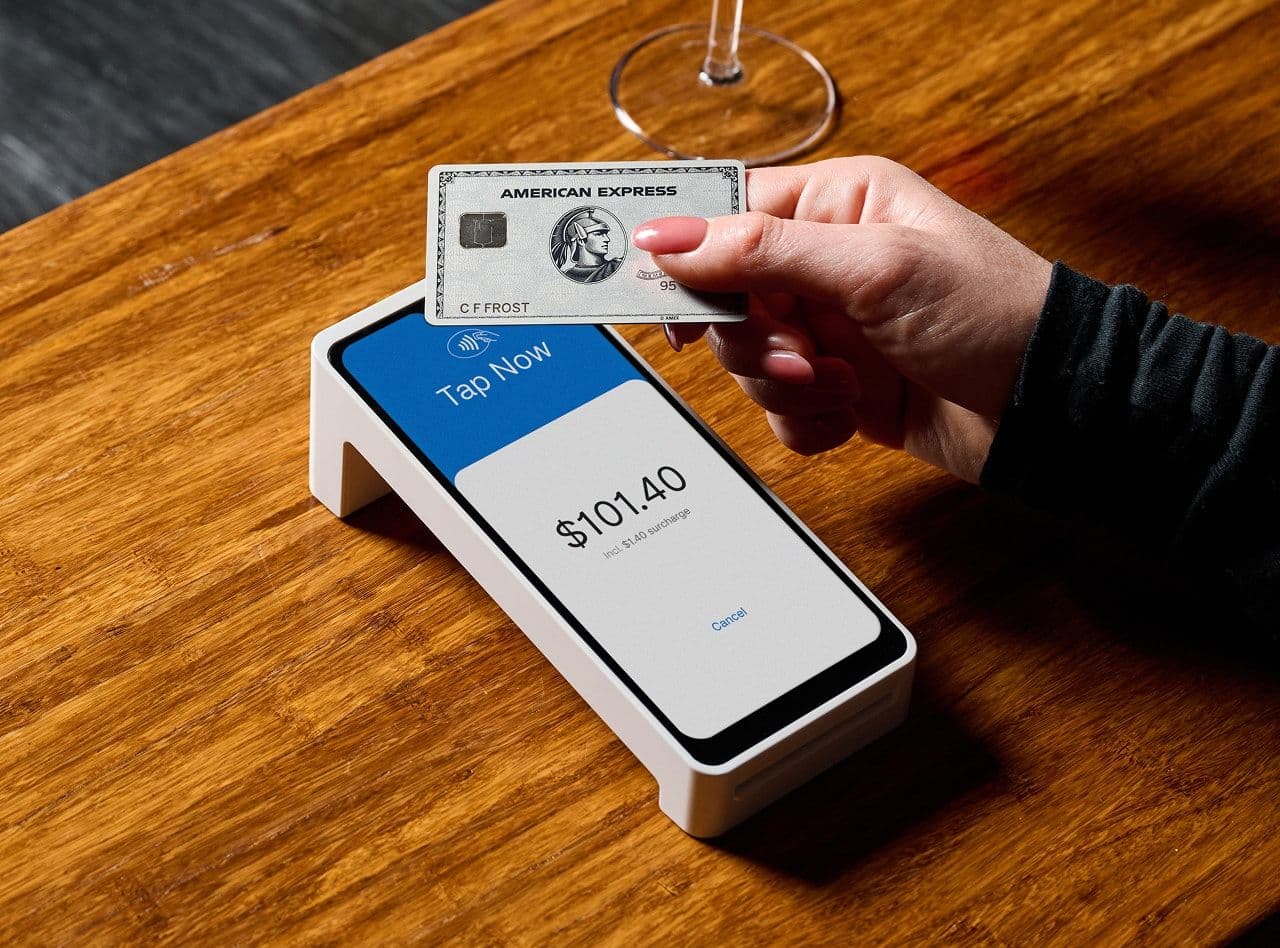
- Business Growth & Optimisation
10 Things Your Small Business Should Be Doing Ahead of the 2023 Christmas Holidays
Understandably, the first sight of Christmas decorations might send small business owners into a blind panic. Not only does it herald the festive season, but also the frenzied shoppers that come with it.
November and December are when retail and hospitality businesses experience their biggest surge in customers in Australia. While the cost-of-living crisis will inevitably put pressure on consumer budgets this year, a Monash study.) shows that shoppers aren’t intending on buying less, with some expecting to spend even more on their family and friends. Plus, with four out of five consumers planning to do their Christmas shopping in physical stores this year, it’s essential that small businesses are prepared for the holiday rush. Below we outline ten strategies that will help your business capitalise on the increased foot traffic and enhance customer experience during the peak period.
1. Update your window display and your playlist.
An eye-catching window display will entice customers into your store, and a good soundtrack will make them stay. At a time when there is increased foot traffic along shopping strips, the atmosphere of your store or venue cannot be underestimated. If you’re in need of inspiration, search for window display ideas on Pinterest, Instagram or TikTok. As for music, there are thousands of playlists on Spotify or Apple Music which can be searched by genre or interest, including Zeller’s own Christmas Playlist – a curated list of festive favourites that will hit the right tone. Whatever you choose, ensure it aligns with your brand identity and remember, don’t play it too loud.
2. Review last year’s sales data, and stock up.
If you have sales figures from the previous year, review them and take note of any items that did or did not sell well in November and December. If you’re running a new business, ensure your inventory and POS are correctly configured so that you can look back on the data next year. For hospitality business owners, the same rule applies: make sure you have enough on hand to get you through the busy dining periods, but don’t overcater. Look at the latest trends and recent sales figures to help inform stock levels for popular items or festive products. Not having enough stock is the easiest way to miss out on potential sales over the Christmas period, however overbuying perishable or seasonal products will damage your cash flow. Striking this balance comes with time, experience and careful analysis.
3. Start hiring Christmas casuals.
If you’re planning on adding more staff to your team over the holiday period, start the hiring process now. You need to ensure staff are fully trained with product knowledge if you’re a retail business, and for hospitality businesses, new hires need to familiarise themselves with the menu and how the service operates. A well-trained, friendly team can make a significant difference in managing the holiday rush effectively.
4. Boost your marketing efforts.
While there will be more customers coming through the door, it’s not a time to rest on your laurels. In order to cut through the competition and to ensure these customers come back even after the holiday period has ended, there are few tactics you can implement:
Collect customer details: why not invite customers to sign up to a mailing list or a competition while they wait for their items to be gift-wrapped? Having their email addresses will allow you to re-target them in the New Year with a monthly newsletter, for example. You could upload a QR code onto the screensaver of your Zeller Terminal to send customers to the sign-up link.
Post to social media: with all the new stock in-store or seasonal specials on the menu, it’s the perfect time to be sharing content to Instagram, TikTok, or Facebook. Make sure to post photos or videos of your new window display, as well as any promotions or sales you’re running.
Update your website: make sure your contact information and opening hours are up to date on your website (and on Google). Add photos and details of new products as well as banners reminding customers of any cut-off dates for Christmas orders, and promote your gift-wrapping service (if applicable).

A Custom Screensaver on Zeller Terminal
5. Follow up on any late invoices.
While you’re busy preparing for Christmas, it’s easy to forget that in January, businesses and offices close and staff go on leave. It’s important to prepare for the quiet period early by sending out payment reminders to clients with outstanding invoices. Starting early will assist you in receiving cash in your bank account before the holidays. Zeller Invoices lets you send automated reminders for unpaid invoices, giving you one less thing to think about. Alternatively, you can pick up the phone and take payment instantly using Zeller Virtual Terminal — a convenient way for your clients to settle their accounts quickly and easily.
6. Upgrade your payment process.
A faulty EFTPOS terminal is the last thing you want during the Christmas rush. Not to mention, increased card sales means increased transaction fees. So, it pays to take the time to reassess your payment solution before the holidays. Zeller Terminal is reliable – with a track record of only 0.001% downtime – and only charges a flat 1.4% transaction fee for all card types, including American Express.
To avoid bottlenecks at checkout, consider adding another EFTPOS terminal to your fleet, or simply set up Tap to Pay with Zeller App. That way, if you’re ever in need, you can always rely on your iPhone as a backup option to accept payments when things get busy.
7. Reduce expenses.
Just as the cost-of-living crisis will have an impact on consumer spending this Christmas, so too will it squeeze your bottom line. Consider whether surcharging is right for your business; this simple action may save you thousands of dollars over the Christmas period. With Zeller Terminal, surcharging can be toggled on or off at the flick of a switch, meaning that you could choose to apply it only on weekends or public holidays, for example.
8. Consider extending your opening hours.
Look at your budget, talk to your staff about their availability and run the numbers. It may be beneficial for you to extend your opening hours over the Christmas period to accommodate the increase in customers, particularly if you operate in an area surrounded by restaurants and bars. Late-night shopping events or early morning openings can attract more customers looking to make last-minute purchases. If you do choose to open later, make sure you communicate this to your customers on your website, on Google, through physical signage and social media.
9. Stay on top of your cash flow.
Buying more stock upfront and paying for extra staff means there will be a delay in accessing funds over the Christmas period. Not to mention, the numerous public holidays will also impact how quickly your takings are deposited into your account. Ensure your bank or financial services provider is giving you the quickest access to your money. Payments made on Zeller Terminal are deposited the very same day – 365 days a year – when you choose to settle into a Zeller Transaction Account. What’s more, you can then spend your funds immediately with Zeller Debit Card to pay for extra stock or staff salaries, and track it all via an online dashboard or on Zeller App.
10. Strengthen your brand identity.
Each person who steps foot in your business during this holiday season is a potential returning customer. It’s therefore important to emphasise your brand identity at every touch point in order to leave a lasting impression. Everything from your gift-wrap, to your shopping bags, napkins or outdoor signage can be branded. In the lead-up to Christmas, ensure you have sufficient logo-printed packaging and see what other opportunities there are to affirm your brand identity. Adding a screensaver to Zeller Terminal or customising your receipts could be a great way to promote a Christmas special or get customers to sign up for your newsletter for example.
In these final weeks leading up to Christmas, embracing these 10 strategies can be the key to navigating the bustling holiday season with ease. Adopting modern payment solutions like Zeller can be a game-changer in delivering efficiency and convenience for both you and your customers. Thankfully, signing up is free and fast. Open your Zeller Account today, or talk to one of our Sales Team who will be happy to help you.



